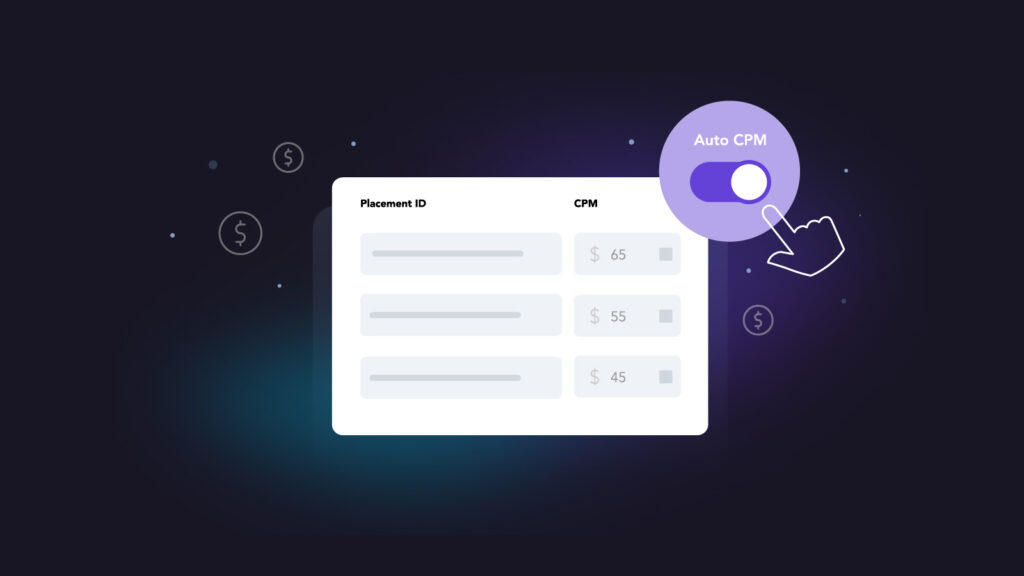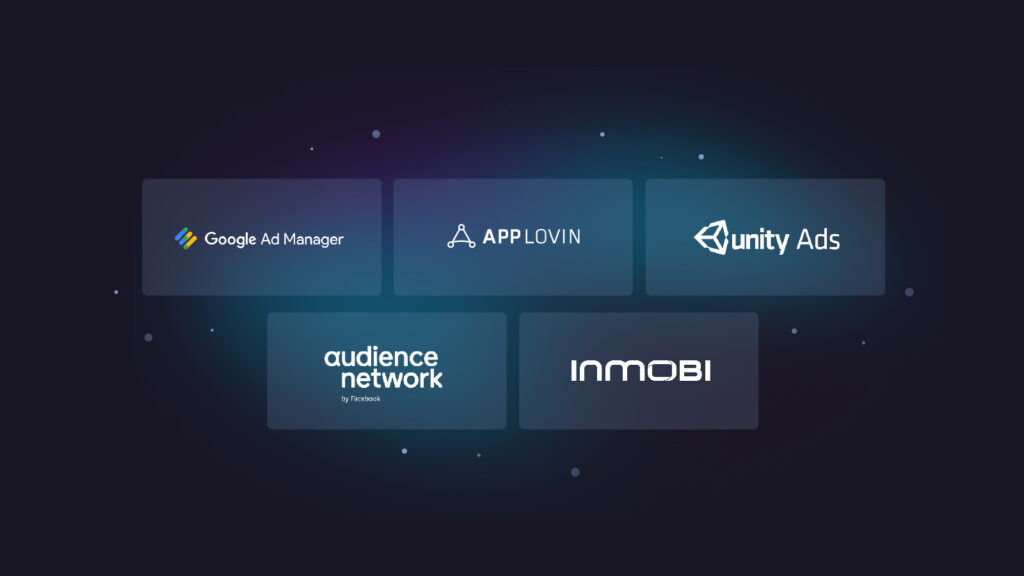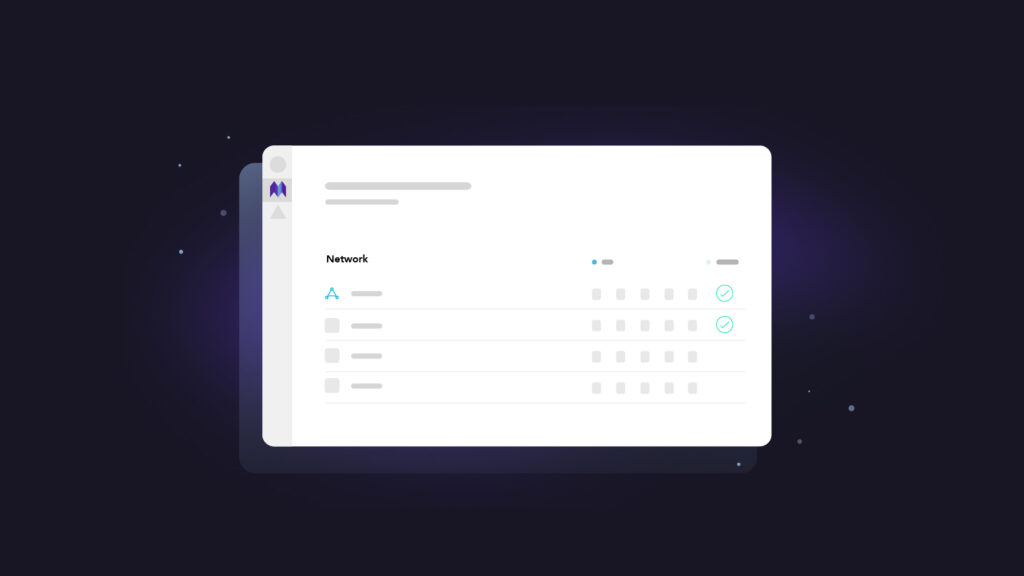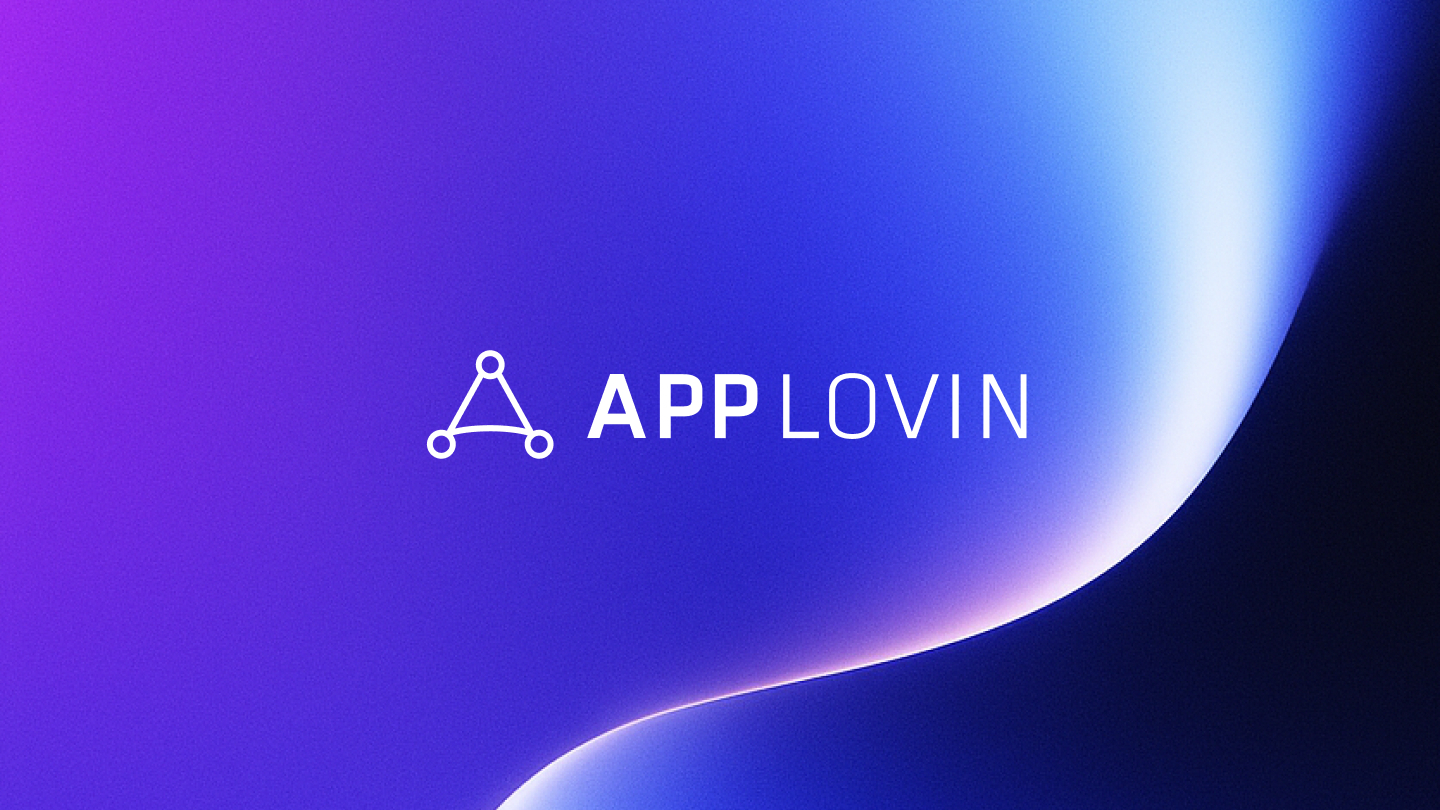Mobile Ad Networks
Mobile ad networks are a crucial part of the digital advertising landscape, enabling developers and advertisers to reach a vast audience of mobile device users across multiple apps and websites. As mobile accounted for nearly 60% of web traffic in Q4 2022, there’s never been a more perfect time to harness the power of ad networks.
In this article, we’ll explore what mobile ad networks are, how they work, and their role in the mobile advertising ecosystem.
What are mobile ad networks?

Mobile ad networks are platforms that connect advertisers with publishers who have mobile apps or websites. These networks serve as intermediaries between advertisers who want to promote their products or services and publishers who have ad inventory to sell.
Mobile ad networks offer a range of ad formats, including native ads, rewarded video ads, and interstitial ads. Advertisers can target their ads based on a range of criteria, such as device location and/or user demographics, interests, and behaviors, to ensure that their ads are shown to the most relevant audience.
How do mobile ad networks work?

A mobile ad network’s essential function is to present a marketplace for the buying and selling of ad inventories between publishers and advertisers. Mobile ad networks can operate on a variety of different pricing models depending on their business goals , including cost-per-impression (CPM), cost-per-click (CPC), and cost-per-action (CPA).
Budgets can be set by advertisers for their campaigns and bid for ad placement based on the targeting criteria they have chosen.
When a user completes a conversion (views or clicks on an ad leading to a download and install), the ad network charges the advertiser based on the agreed-upon pricing model. The ad network takes a commission from the revenue earned and pays the publisher the remainder.
Mobile ad networks use a range of technologies to track and analyze ad performance, including device identifiers, pixels, and software development kits (SDKs). This enables advertisers to measure the effectiveness of their campaigns and optimize their targeting and creative accordingly.
Key benefits

For publishers
Monetization
Mobile ad networks enable app publishers to generate revenue from their apps by serving targeted ads. This can help them to monetize their user base and offset the costs of app development and maintenance.
Access to advertisers
Mobile ad networks provide app publishers with access to a large pool of advertisers. This helps publishers to tap into a diverse range of ad campaigns, increasing the chances of finding high-paying ads that match their app’s target audience.
Fill rate
Ad networks have a vast inventory of ads, which helps publishers achieve a high fill rate. This ensures that there are always relevant ads available to display within the app, maximizing the publisher’s revenue potential.
Targeting
Mobile ad networks use advanced targeting algorithms to deliver ads relevant to users’ interests, behaviors, and demographics. This helps improve user experience by showing ads that are more likely to resonate with users and generate engagement.
Global reach
Mobile ad networks have a worldwide presence, enabling app publishers to reach users across different geographies. This can help increase the app’s visibility and potential user base, leading to higher revenue.
Simplified management
Publishers can manage their ad inventory across multiple platforms and ad formats using a single interface provided by the ad network. This simplifies the process of ad management, saving time and resources.
Technical support
Many networks offer technical support to publishers, assisting them with ad integration, troubleshooting, and optimization. This can help publishers overcome any technical challenges they may face while implementing ads in their apps.
For advertisers
Targeting and personalization
One of the key benefits of mobile ad networks is their ability to deliver highly targeted and personalized advertisements to consumers. Advertisers can use a variety of targeting options, such as demographic, geographic, and behavioral data, to ensure that their advertisements are reaching the right audience. Additionally, many mobile ad networks use real-time bidding (RTB) technology, which allows advertisers to bid on ad space in real time.
Performance tracking, measurement, and reporting
Another benefit of mobile ad networks is their ability to track and measure the performance of advertisements. Additionally, many mobile ad networks also use tracking pixels, which allow advertisers to track the effectiveness of their advertisements across different devices and platforms.
Quality inventory
Another important aspect of these networks is the quality of the inventory they offer. Advertisers need to ensure that the inventory they are buying is high-quality, non-fraudulent, and safe. Advertisers can ensure this by working with reputable mobile ad networks that have strict standards in place to vet their inventory and prevent fraud. AppLovin, for instance, has affiliations in place with IAB tech lab — incorporating sellers.json and app-ads.txt standards and the OM SDK — and practices supply chain optimization, along with being partnered with traffic quality partners like HUMAN.
Ad format diversity
It’s also worth mentioning that these networks have different types of ad formats, like interstitial, native, rewarded video, banner, and more. Each format has its own strengths and weaknesses and advertisers should choose the format that aligns best with their goals and target audience.
Mobile ad network types

There are two mobile ad network types developers can use. Both of them provide connections between advertisers and a publisher’s mobile ad inventory, but one requires less manual oversight.
Traditional networks operate on a fixed pricing model, where the advertiser pays a set price for a specific number of ad impressions or clicks. The price is determined by various factors, such as ad placement, targeting, and ad format.
In contrast, bidding-based networks operate on an auction-based pricing model, where advertisers bid in real-time for ad inventory. Advertisers set their bids based on their budget and the value they place on reaching a particular audience. The highest bidder wins the auction and their ad is displayed to the user.
Here are some key differences between traditional and bidding-based mobile ad networks:
Pricing Model: Traditional mobile ad networks operate on a fixed pricing model, while bidding-based networks use an auction-based pricing model.
Targeting: Bidding-based networks allow for more precise targeting, as advertisers can set bids based on specific user data, such as demographics, location, and browsing behavior.
Transparency: Bidding-based networks provide greater transparency, as advertisers can see the real-time cost of ad inventory and adjust their bids accordingly. In traditional networks, pricing can be nebulous.
Flexibility: Bidding-based networks offer more flexibility, as advertisers can adjust their bids in real-time based on performance metrics such as click-through rates (CTR) and cost per acquisition (CPA). In traditional networks, advertisers may need to commit to a set budget and ad placement upfront.
Top mobile ad networks

There are numerous mobile ad networks in the market, each with its strengths and weaknesses. Here’s a list of some of the top mobile ad networks that you should know about:
AppLovin Network: That’s right, AppLovin itself is a mobile ad network. The scale of AppLovin’s network and data is far greater that many other networks in the market (5-6X bigger in fact) – and as a result, performance is generally significantly better.
We also rely on user-level data alongside source-level data, allowing us to understand individual user behaviors as well as gain insights from a broader view of trends and patterns.
Additionally, our network offers event-optimized UA campaigns that address a robust set of use cases through our AppDiscovery solution.
Google: Google demand, including AdMob, is one of the most popular networks, well known for their strong global demand. Google offers a range of ad formats, including interstitials, banners, and rewarded video ads.
Meta Audience Network: Meta Audience Network (formerly Facebook Audience Network) allows advertisers to reach Facebook users across various apps and websites. Advertisers can target users based on Facebook data, including age, location, interests, and behaviors.
Unity Ads: Unity Ads specializes in gaming apps. Unity Ads offers high-quality video ads that are integrated seamlessly into gaming experiences, providing a non-intrusive advertising experience for users.
InMobi: InMobi is a global network that offers a range of ad formats, including native ads, interstitials, and rewarded video ads. InMobi uses machine learning algorithms to optimize ad delivery and improve user engagement.
How to integrate mobile ad networks

Most well-monetized apps use between 8 and 10 mobile ad networks. Typically, the mix includes both automated SDK networks and traditional manual networks.
Be sure to also enable specific networks for different regions. You can A/B test different networks or price floors to optimize your strategy over time.
Integrating your mobile ad networks with MAX is simple. In conjunction with AppLovin’s own AppLoin Exchange (ALX) — the industry’s largest and most diverse unified auction — MAX plays host to more than 20 SDK bidders, including the AppLovin Network. You will also be able to plug and play with more than 25+ SDK networks with manual bidding as part of their service offering.
MAXimize network management with MAX
Mobile ad networks play a crucial role in the mobile advertising ecosystem, enabling advertisers to reach a broad audience and publishers to monetize their apps and websites.
Get the most out of your mobile ad networks with AppLovin’s MAX mediation platform. MAX allows you to consolidate and manage all of your networks in one place, test and review ad placements, ensure brand safety for a better user experience and higher user retention, automate your monetization, and gain insights from on-platform analytics and reporting.

